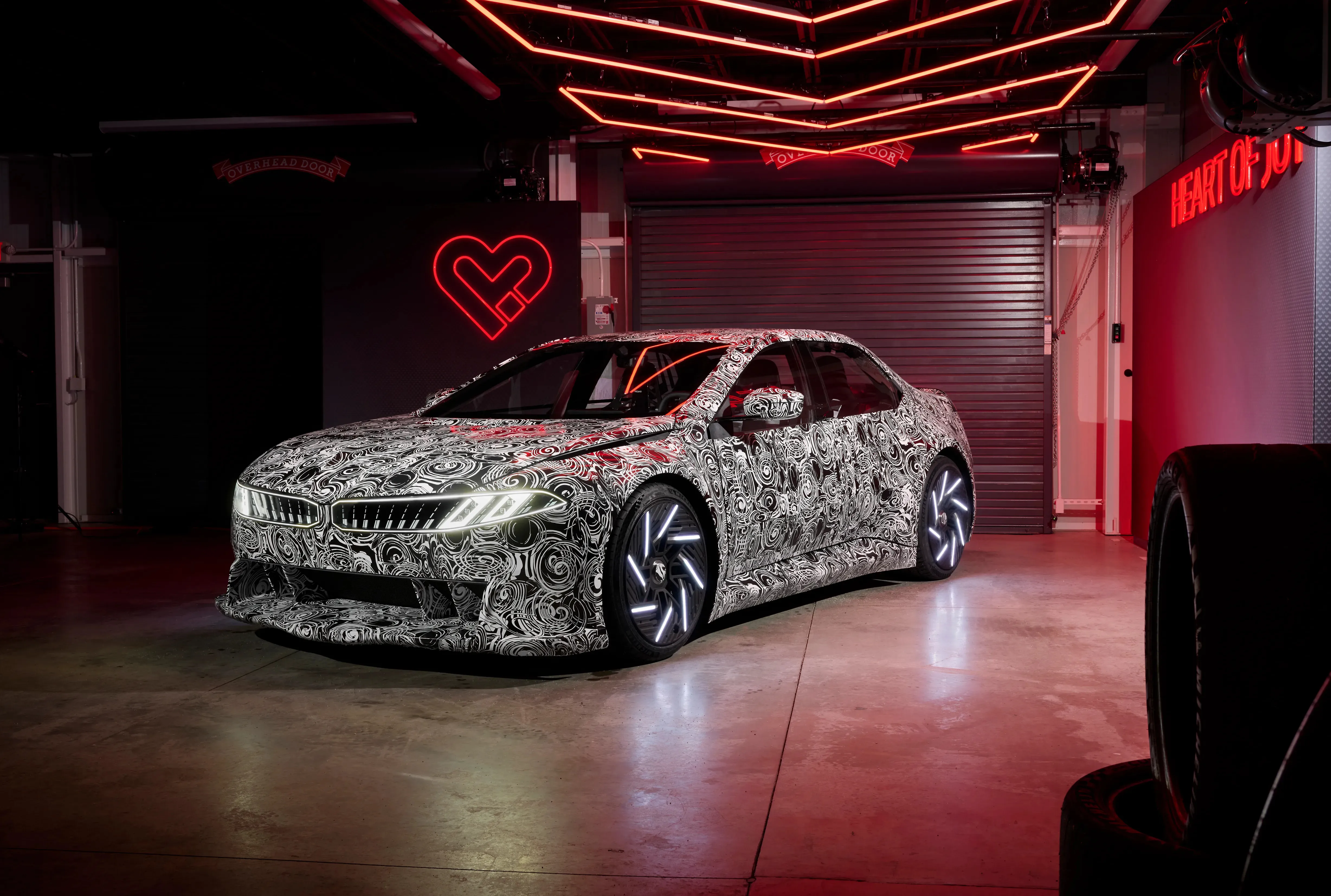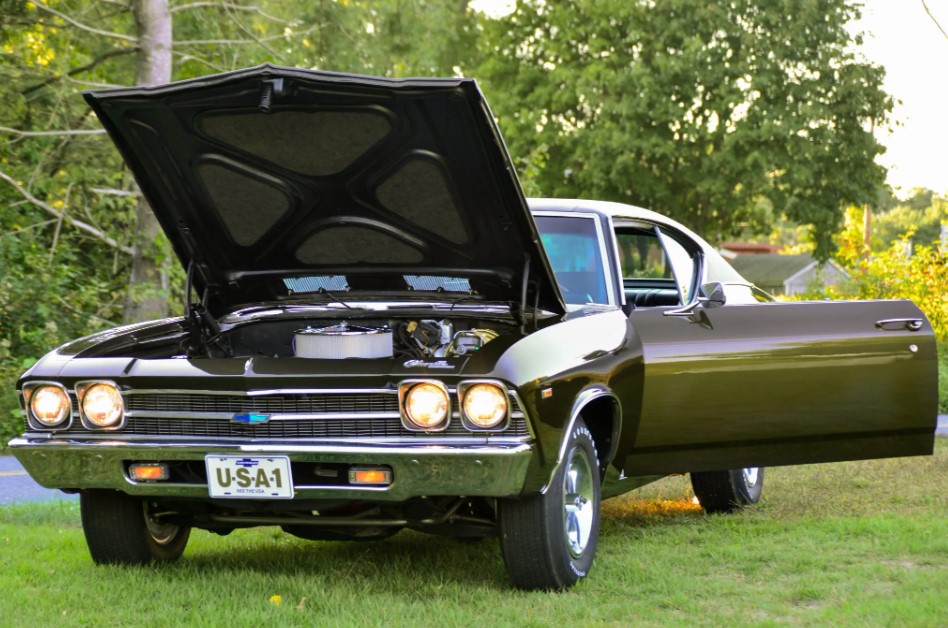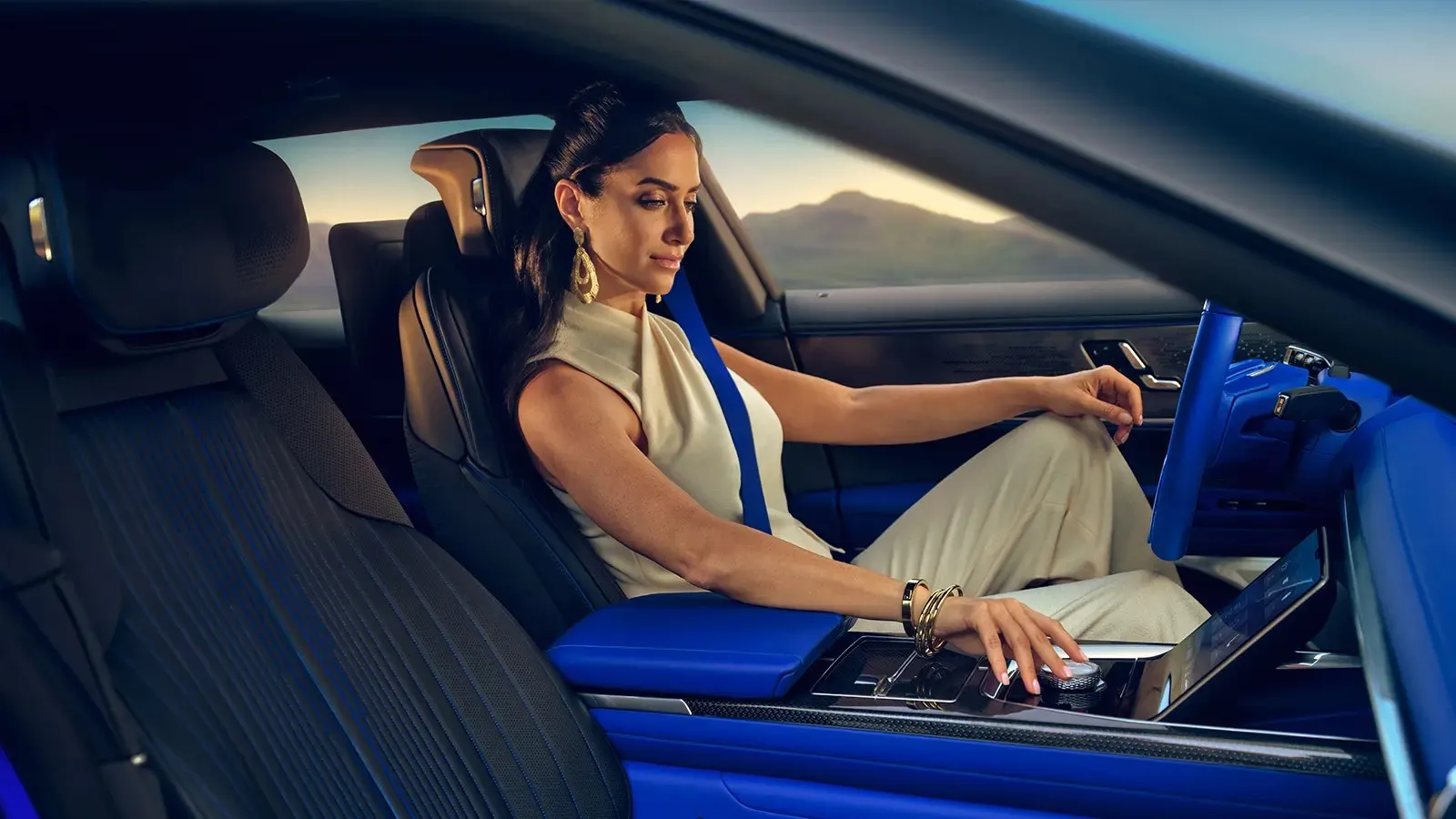BMW has always prided itself on being the “Ultimate Driving Machine,” and with the shift toward electrification, the German automaker is determined to keep that reputation intact. A key component in this mission is an unassuming black box known as the "Heart of Joy" a revolutionary all-in-one electronic control unit (ECU) that will power BMW’s next-generation electric vehicles (EVs).
The Birth of the Heart of Joy
Developed entirely in-house, the Heart of Joy is BMW’s answer to the increasingly standardized driving experiences seen in many modern EVs. While most automakers rely on a patchwork of third-party software and hardware to control powertrain and driving dynamics, BMW has chosen to take full control of this crucial system.

This groundbreaking ECU was first showcased in the Vision Driving Experience (VDX), a prototype designed specifically for testing new technologies for BMW’s Neue Klasse platform. During a test run at BMW’s Performance Driving Center in Greer, South Carolina, professional racer Jens Klingmann demonstrated just how much this little black box could influence driving dynamics.
How the Heart of Joy Transforms EV Performance
What sets the Heart of Joy apart is its ability to unify and control multiple aspects of vehicle performance in real-time. Traditional ECUs often introduce latency between inputs and response times because they rely on a network of different modules communicating with each other. The Heart of Joy eliminates this inefficiency by integrating driving dynamics and powertrain control into one seamless unit.
According to BMW’s senior driving dynamics engineer, Christian Thalmeer, the goal was simple: redefine driving pleasure in the electric era. “It combines the sheer power and torque of electric motors with the ability for those motors to slow and brake a vehicle while managing multiple power sources efficiently,” he explained.
BMW claims that the Heart of Joy is ten times faster than conventional ECU systems. This means smoother acceleration, better handling, and more precise regenerative braking all elements that contribute to a more exhilarating drive.
A Rocket on the Track
During testing, the VDX prototype equipped with the Heart of Joy showcased stunning performance. Despite its nearly silent operation, the car felt like a rocket ship on the track, reaching speeds of up to 90 mph with minimal braking. Instead of aggressively applying the brakes, Klingmann was able to control speed simply by lifting off the accelerator, thanks to the vehicle’s intelligent regenerative braking system.
BMW hasn’t disclosed all the specifications of the VDX, but they did reveal some eye-popping figures: the vehicle produces an astonishing 13,269 lb-ft of torque and benefits from a 25% increase in efficiency thanks to its advanced braking and energy recuperation systems.
The Secret to Better Braking and Stability
One of the Heart of Joy’s most impressive capabilities is its advanced braking and stability control. Unlike traditional systems that rely on mechanical brakes, BMW’s new ECU can fully stop the car using regenerative braking alone. This allows for more precise control, reduces wear and tear on physical brake components, and improves overall efficiency.
The system is designed to brake each wheel individually, maximizing grip and enhancing stability, especially in challenging driving conditions. BMW states that this technology leads to a 60% increase in energy recuperation efficiency compared to conventional setups.

Additionally, the ECU dynamically shifts power and braking force between the front and rear wheels, ensuring optimal performance at all times. Thalmeer calls this feature the “joy of stopping,” a nod to BMW’s emphasis on delivering an engaging driving experience even when decelerating.
A New Approach to EV Innovation
The development of the Heart of Joy took just three years and involved over 7,500 hours of testing. Unlike many competitors who outsource ECU development to suppliers like Magna Steyr, BMW opted to keep everything in-house. This decision allows the company to fine-tune performance characteristics to ensure that future BMW EVs maintain the brand’s signature driving feel.
BMW’s Chief Technology Officer, Frank Weber, attributes this success to lessons learned from past challenges. He recalls the difficulties BMW faced 25 years ago while launching the 7-Series, an experience that ultimately shaped the company’s approach to software and digital integration. “It was a nightmare,” Weber admitted. “We almost didn’t make the launch of the car. But in hindsight, it was the best thing that happened to BMW. It forced us to develop robust digital processes much earlier than our competitors.”
By bringing software and ECU development under its own roof, BMW not only gains more control over performance but also simplifies over-the-air updates. This means future BMW owners can expect regular enhancements and optimizations without needing to visit a dealership.
A Step Toward Future-Proofing BMW
Another reason for BMW’s in-house development strategy is the increasing push toward regionalization in the automotive industry. Stricter emissions regulations, shifting supplier landscapes, and geopolitical uncertainties (such as potential tariffs) make reliance on global supply chains riskier than ever.
By designing and producing key vehicle components internally, BMW can insulate itself from some of these risks while ensuring that its vehicles remain competitive in an ever-evolving market. The Heart of Joy represents a move toward greater self-sufficiency and a renewed commitment to engineering excellence.
What This Means for Future BMW EVs
The Heart of Joy will be at the core of all BMW Neue Klasse EVs, which are set to launch in late 2025. While it remains to be seen how this technology will translate to production vehicles, early indications suggest that BMW is serious about setting itself apart in the increasingly crowded EV space.
In an era where many electric vehicles feel indistinguishable from one another, BMW is making a bold statement: driving pleasure is still a priority, even in an all-electric world. Whether it’s through blistering acceleration, razor-sharp handling, or innovative braking systems, the Heart of Joy could very well be the key to ensuring that BMW’s EVs stand out from the crowd.
As for my brief but thrilling ride in the VDX? If that was just a glimpse of what’s to come, then BMW enthusiasts have plenty to be excited about.


-1752204161-q80.webp)
